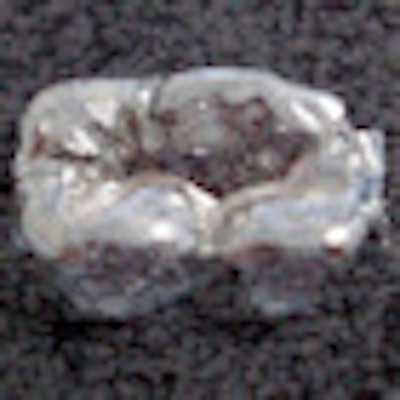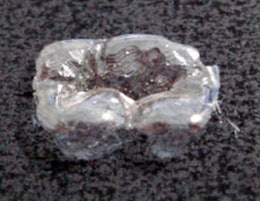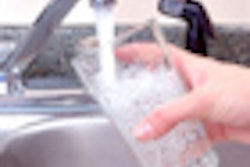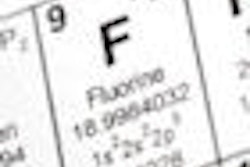
Japanese researchers have created an ultrathin, flexible hydroxyapatite sheet that could have several applications in restorative and cosmetic dentistry, from preventing decay and restoring enamel to giving teeth a whiter appearance.
The biocompatible film, developed by scientists from the Faculty of Biology-Oriented Science and Technology at Kinki University in Wakayama, Japan, is made from hydroxyapatite (HAp) that is fabricated into microscopically thin sheets.
The hydroxyapatite film is the first of its kind in the world, according to the research team. And when it is applied to the surface of a tooth it is nearly invisible, stated lead researcher Shigeki Honstu, a professor at Kinki University, in an article by AFP. Honstu, who first developed the material in 2007, noted that the initial goal of this project was to create artificial dentin.
"Because its composition is similar to that of tooth enamel, this HAp sheet can be used for the regeneration and protection of dentine," he and his colleagues wrote in a study testing the technology's use with tooth enamel (Key Engineering Materials, 2012, Vol. 493-494, pp. 615-619). In that study, they determined that "the HAp sheet is effective for the restoration and conservation of the tooth in dental applications."
Laser-based fabrication
When completed, the film is only 0.004-mm (0.00016-inch) thick. In order to accomplish this, the researchers separated individual particles of hydroxyapatite from compressed blocks of the material with a laser-based hydrothermal fabrication technique. The particles settle onto a salt block, which is heated to crystallize them, and the stand is subsequently dissolved in water.
 The hydroxyapatite film developed by researchers from Kinki University is ultrathin, flexible, and nearly invisible when applied to teeth. Image courtesy of Kinki University.
The hydroxyapatite film developed by researchers from Kinki University is ultrathin, flexible, and nearly invisible when applied to teeth. Image courtesy of Kinki University.
Once the film has dried on a filter paper, it is strong enough to be handled with a pair of tweezers. Apatite ceramics typically resist bending, the researchers noted, but this particular sheet is flexible and sheer.
"The moment you put it on a tooth surface, it becomes invisible. You can barely see it if you examine it under a light," Hontsu told AFP. For cosmetic purposes, it can also be turned a shade of white, he added.
Getting the sheet to adhere to the surface of a tooth is aided by minute holes in it, allowing air liquid and air to escape and preventing the formation of bubbles, according to the AFP article.
In the Key Engineering Materials study, the researchers fused a HAp sheet to the enamel of a human tooth sample and found that the HAp film and the enamel were "strongly adhering." The adhesion process, which used a calcium phosphate solution as an adhesive, took approximately one week to complete.
Moving toward commercialization
Now the researchers can affix it to enamel in one day, according to the AFP article. While the improvement is significant, it would still be difficult to properly place it on a human subject.
The researchers also tested the ability of HAp sheets to adhere to other materials -- including those relevant to dentistry, such as dental implants, artificial cartilage, and a 3D titanium scaffold -- with good results.
"The pulsed laser deposition HAp strongly bonds to metal or polymer substrates and exhibits good biocompatibility," they wrote.
Honstu and the research team have patents in Japan and South Korea, and have applied for patents on the dental applications of the material in the U.S., Europe, and China. The team, along with some pharmaceutical firms, is in the midst of further research, and Hontsu has gone so far as to test the material on his own teeth.
He estimates that cosmetic applications may be available in three years, but that it will take longer for clinical applications -- likely five or more years.



















